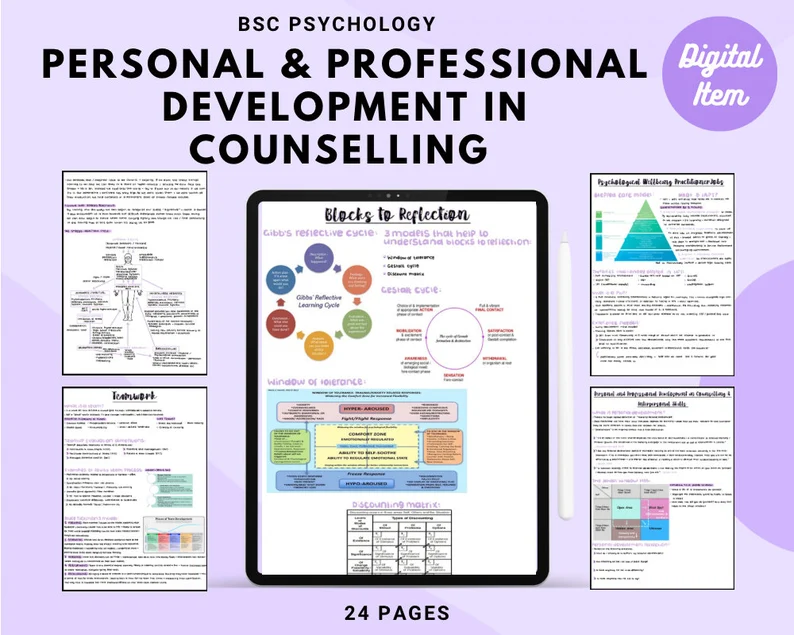Shaping Tomorrow’s Cities: The Art and Science of Urban Development
Introduction
Urban development is a dynamic process that defines the future of our cities. It encompasses the planning, design, and management of urban areas to create sustainable, vibrant, and inclusive communities. In this blog post, we explore the world of urban development, its key principles, challenges, and its profound impact on our lives.

1. The Essence of Urban Development
Urban development is the deliberate planning and transformation of urban areas to meet the needs of a growing and evolving population. It seeks to strike a balance between economic growth, environmental sustainability, and social equity, creating cities that are both livable and resilient.
2. Principles of Sustainable Urban Development
Sustainability lies at the core of modern urban development. Key principles include:
- Mixed Land Use: Promoting a blend of residential, commercial, and recreational spaces to reduce commuting and encourage community interaction.
- Transportation Planning: Designing efficient and accessible public transportation systems to reduce traffic congestion and air pollution.
- Green Spaces: Incorporating parks, green roofs, and urban forests to enhance environmental quality and promote well-being.
- Affordable Housing: Ensuring housing affordability to create inclusive cities that accommodate diverse socioeconomic backgrounds.
- Smart Infrastructure: Leveraging technology to improve urban services, from waste management to energy efficiency.
3. Challenges in Urban Development
Urban development faces numerous challenges, including rapid urbanization, resource constraints, and climate change. Balancing growth with sustainability while addressing social inequalities is an ongoing challenge that requires innovative solutions.
4. Urban Planning and Design
Effective urban development relies on meticulous urban planning and design. This includes zoning regulations, master plans, and architectural guidelines to shape the physical form of cities. Planners work to create walkable, well-connected, and aesthetically pleasing urban environments.
5. The Role of Technology
Technology is a powerful ally in urban development. Smart city solutions, data analytics, and digital platforms can enhance urban governance, improve public services, and optimize resource allocation.
6. The Social Dimension
Urban development is not just about infrastructure; it’s about people. Ensuring social inclusion, fostering community engagement, and addressing the needs of vulnerable populations are essential aspects of creating livable cities.
7. The Future of Urban Development
The future of urban development is likely to see a continued emphasis on sustainability, resilience, and innovation. Cities will evolve to become more adaptable, technologically advanced, and responsive to the needs of their inhabitants.
Conclusion: Building Cities for the Future
Urban development is a dynamic field that shapes the way we live, work, and interact with our surroundings. As we face the challenges of an increasingly urbanized world, the art and science of urban development will play a pivotal role in creating cities that are not only functional but also enriching, sustainable, and inclusive.
